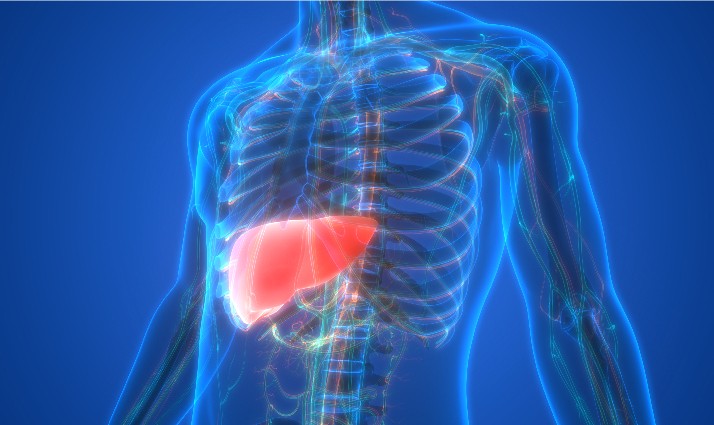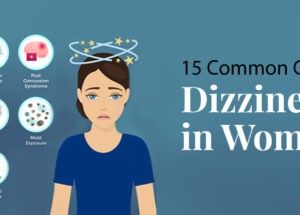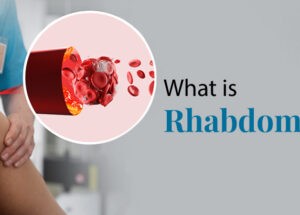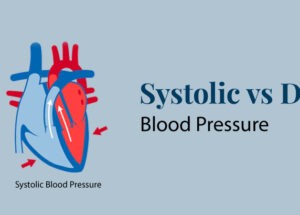Crigler-Najjar Syndrome – Understanding Basics
August 13, 2019

Crigler-Najjar syndrome is a very rare inherited disorder in which bilirubin cannot be broken down.
There are two types of this disease:
- Glucuronyl transferase deficiency (type I Crigler-Najjar), which starts early in life
- Arias syndrome (type II Crigler-Najjar) may start later in life
In this disease, an enzyme converts bilirubin into a form that can easily be removed from the body. Crigler-Najjar syndrome occurs when this enzyme does not work correctly. Without this enzyme, bilirubin can build up in the body and lead to:
- Jaundice (yellow discoloration of skin and eyes)
- Damage to the brain, muscles, and nerves
The syndrome is inherited. A child receives a copy of the defective gene from both parents to develop the severe form of the condition. Parents who are carriers (with just one defective gene) have about half the enzyme activity of a normal adult, but DO NOT have symptoms.
Symptoms of this disease may include:
- Confusion and changes in thinking
- Yellow skin (jaundice) and yellow in the whites of the eyes (icterus), which begin a few days after birth and get worse over time
- Lethargy
- Poor feeding
- Vomiting
Tests and examination for this disease include:
- Conjugated (bound) bilirubin
- Total bilirubin level
- Unconjugated (unbound) bilirubin in blood.
- Enzyme assay
- Liver biopsy
Light treatment (phototherapy) is needed throughout a patient’s life. In infants, this is done using bilirubin lights. Phototherapy does not work as well after age 4, because thickened skin blocks the light.Blood transfusions may help control the amount of bilirubin in blood. Calcium compounds are sometimes used to remove bilirubin in the gut.A liver transplant can be done in some people with type I disease.
Milder forms of the disease (type II) do not cause liver damage or changes in thinking during childhood. People who are affected with a mild form still have jaundice, but they have fewer symptoms and less organ damage.Infants with the severe form of the disease (type I) may continue to have jaundice into adulthood, and may need daily treatment. If not treated, this severe form of the disease will lead to death in childhood.People with this condition who reach adulthood will develop brain damage due to jaundice (kernicterus), even with regular treatment. The life expectancy for type I disease is 30 years.
WHY Rela Hospital?
Genetic liver disorders such as CrigglerNajjar syndrome needs constant monitoring. Rela Hospital is, without doubt, the best hospital for Criggler Najjar syndrome treatment in Chennai. In fact, in case of Type 1 disease which may need liver transplant, we are considered best hospital for paediatric liver transplantation in India. Our paediatric liver unit offers the best treatment and is regarded as the top liver hospital for children in Chennai









